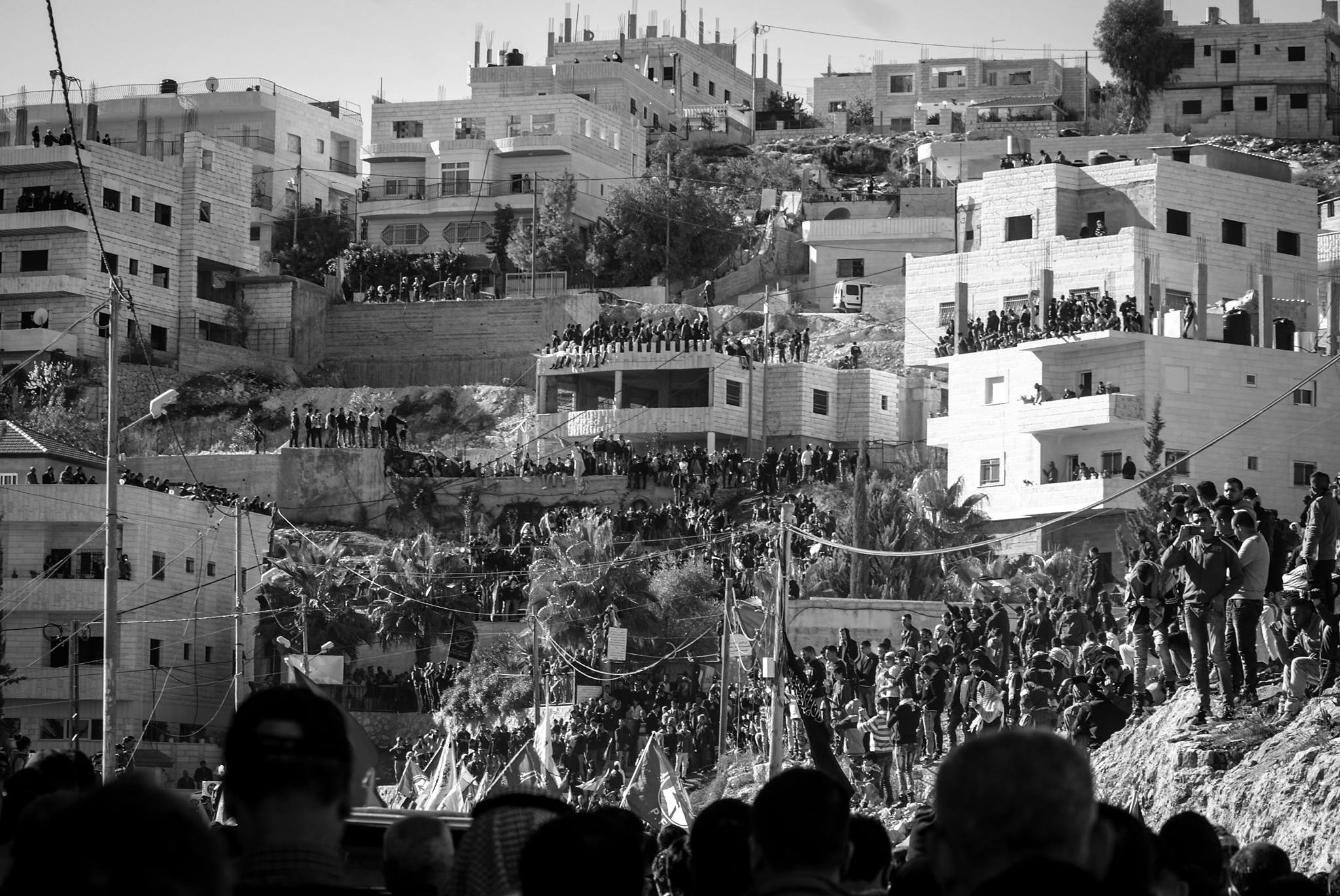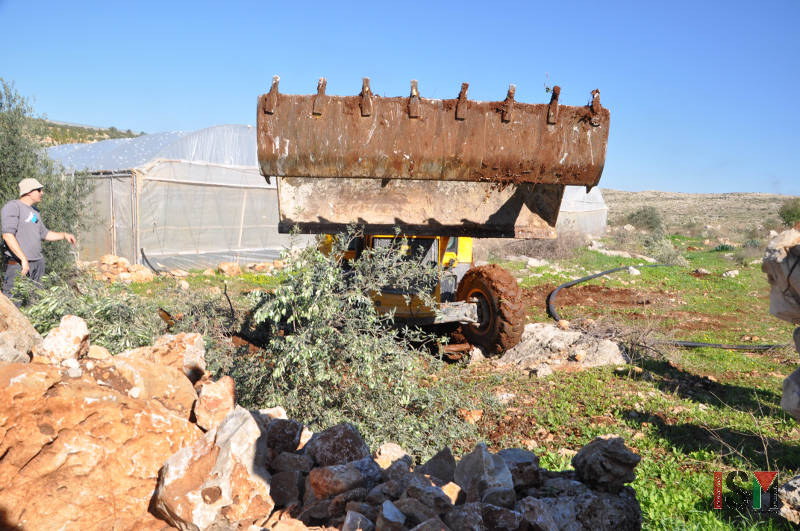Category: Features
-
Thousands join the funeral of Malik Shahin, killed on tuesday in Bethlehem
9th of December 2015 | International Solidarity Movement, al-Khalil team | Hebron, occupied On Tuesday, thousands of Palestinians joined the funeral of 20-year-old Malik Akram Shahin in the streets of Bethlehem. Malik was shot dead by Israeli forces on Monday night, during a detention raid in the Dheisheh refugee camp where he lived with his family. He was…
-
ACT NOW ! Ask the UN to drop G4S
December 9th, 2015 | Codepink, BDS Movement | Occupied Palestine G4S, the largest private security company in the world, is involved in brutal human rights violationsat detention centers worldwide, including in Israeli prisons where Palestinian political prisoners and children are tortured and held without trial. The U.N. officially opposes these violent and illegal practices, yet…
-
Israeli forces uproot trees and destroy greenhouses in Kafa district
8th of December 2015 | International Solidarity Movement, Tulkarm Team | Kafa district, occupied Palestine On Tuesday, Israeli forces entered the village of Kafa in the outskirts of occupied Tulkarm. Within a few hours, they uprooted over 150 olive trees, 30 lemon trees and demolished four greenhouses from the land of the Esmail family. Even…



